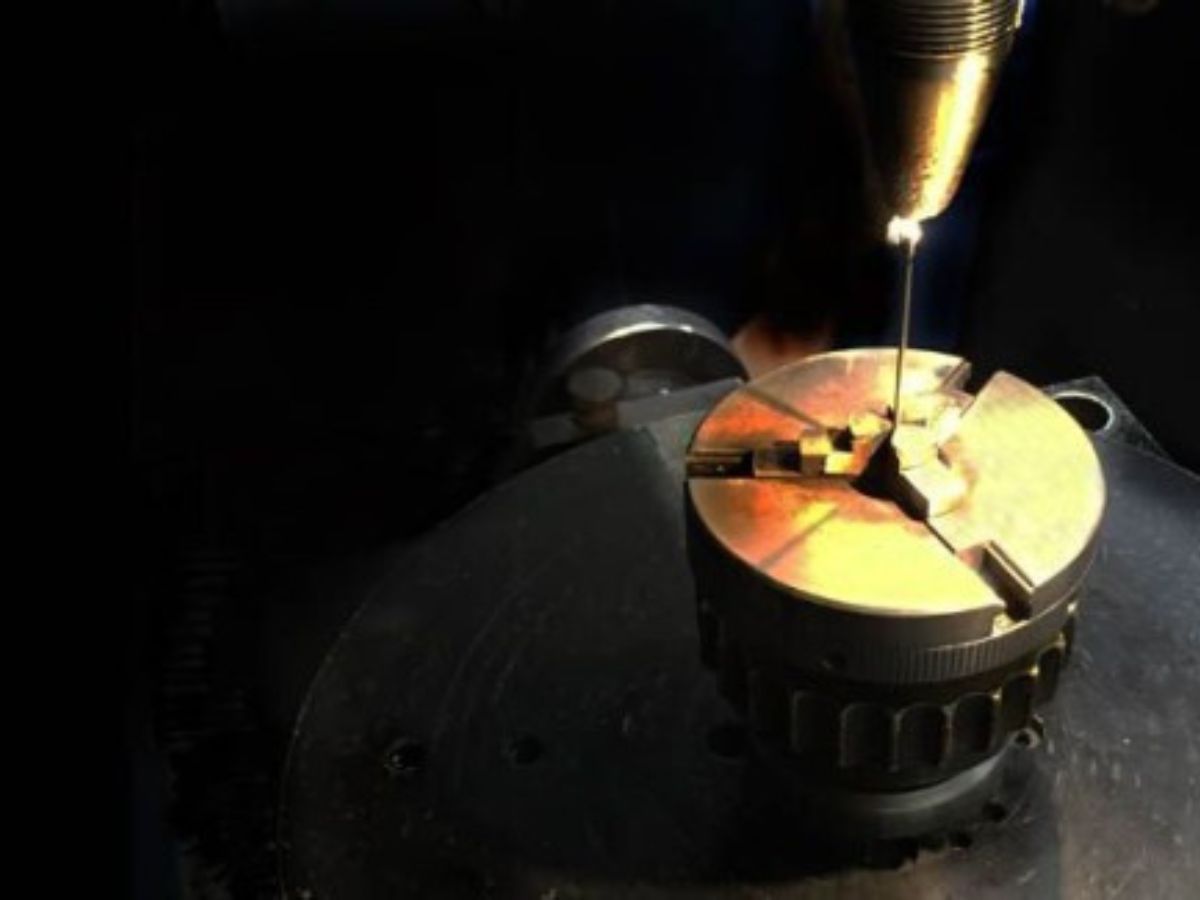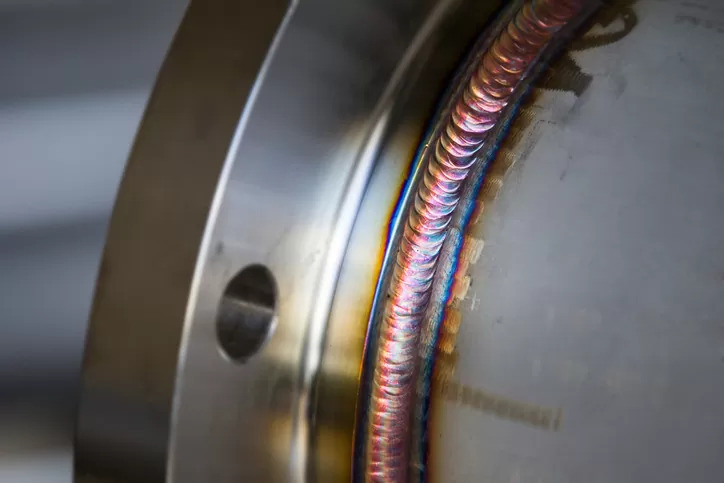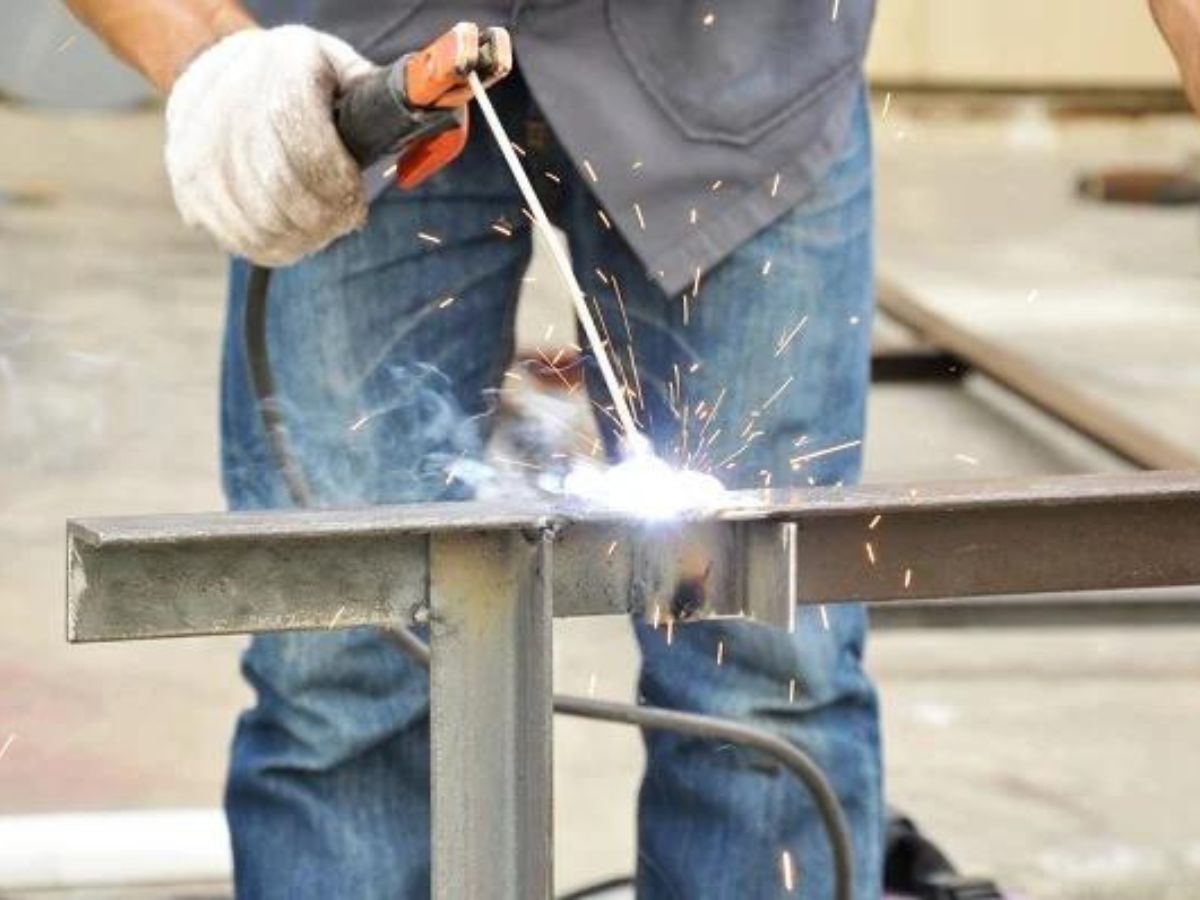How to Set Up Your Workspace for Efficient Custom Metal Fabrication
Introduction
Setting up a workspace for custom metal fabrication can be an exciting yet challenging endeavor. Whether you're a seasoned fabricator or just getting started, the environment in which you work plays a pivotal role in your efficiency, safety, and overall output quality. Proper planning can lead to smoother operations and fewer headaches down the line. This article is your comprehensive guide on how to set up your workspace for efficient custom metal fabrication, ensuring you have everything you need to create high-quality products while maintaining safety and organization.
How to Set Up Your Workspace for Efficient Custom Metal Fabrication
Designing a workspace specifically tailored for custom metal fabrication involves multiple considerations—from layout and tools to safety protocols. Let’s delve into what it takes to create that perfect workspace.

1. Understanding Custom Metal Fabrication Needs
Before you even think about setting up tools and machinery, it's crucial to understand the specific needs of custom metal fabrication.
1.1 Identifying Your Projects
What type of projects will you be working on?
- Will you focus on aluminum welding?
- Are you planning to work with stainless steel or mild steel?
- Understanding the materials you'll be using can dictate the equipment you'll need.
1.2 Assessing Space Requirements
Do you have enough space?
- Consider the size of your projects.
- Ensure there's ample room for machinery, storage, and movement.
2. Choosing the Right Location for Your Workspace
The location of your workspace can significantly influence your productivity.
2.1 Proximity to Resources
Is your workspace near suppliers or other essential resources?
- Being close to material suppliers can save time and money.
2.2 Accessibility and Ventilation
Is the area well-ventilated?
- Proper ventilation is crucial in metal fabrication due to fumes from welding.
3. Designing an Efficient Layout
Your layout must facilitate workflow without unnecessary interruptions.
3.1 Work Zones Creation
Can various zones help streamline processes?
- Designate areas for cutting, welding, assembly, and finishing.
3.2 Tool Placement
Where should tools be stored?
- Keep frequently used tools within arm’s reach while organizing less-used items further away.
4. Essential Equipment for Metal Fabrication
What equipment do you absolutely need?
4.1 Welding Machines
Investing in high-quality machines is critical—what types should you consider?
- MIG Welder
- TIG Welder
Each has its advantages; choose based on your primary projects.
4.2 Cutting Tools
Which cutting tools are indispensable?
- Band saws, plasma cutters, or laser cutters depending on precision needs.
5. Safety Measures in Metal Fabrication
Safety cannot be overlooked—what measures should be taken?
5.1 Personal Protective Equipment (PPE)
What PPE is essential?
- Welders' helmets
- Gloves
- Fire-resistant clothing
5.2 First Aid Kit Availability
Is a first-aid kit readily accessible?
Ensure it includes burn ointments and bandages specifically designed for cuts related to metalwork.
6. Organizing Materials Effectively
How should materials be organized for easy access?
6.1 Material Storage Solutions
Consider shelving units or racks specifically designed for heavy materials like sheets of aluminum or steel.
6.2 Inventory Management
How do you keep track of materials?

Implement an inventory system that helps monitor stock levels effectively.
7. Electrical Considerations in Your Workspace
Are there enough power outlets available?
Make sure:
- There are dedicated circuits for heavy machinery.
Overloaded circuits can lead to electrical fires.
8. Lighting Solutions for Precision Work
What's the best lighting setup?
Good lighting improves accuracy—consider:
- Overhead lights
- Task lighting at workstations
9: Acoustic Treatment Options
Is noise control an issue in your workspace?
Implement acoustic panels if you're working with loud machinery—this aids concentration and protects hearing.
10: Maintaining Cleanliness in Your Workspace
Are cleanliness practices established?
A clean shop increases safety and efficiency:
- Implement regular cleaning schedules.
Consider using magnetic sweepers for quick debris collection.
FAQs About Setting Up a Workspace for Custom Metal Fabrication
Q1: What are some welding tips I should follow as a beginner? A1: Start with practicing on scrap metal before moving onto actual projects; always ensure proper setup of your welder based on the material thickness you're working with.
Q2: Do I need specialized training before starting with aluminum welding? A2: While basic welding skills suffice, specific training focused on aluminum's unique properties enhances both skill level and safety during projects.
Q3: What common mistakes should I avoid during custom metal fabrication? A3: Failing to plan ahead can lead to wasted materials; ensure all measurements are accurate before cutting!
Q4: How important is it to have ventilation when welding metals? A4: Extremely important! Adequate ventilation prevents harmful fume buildup which could pose serious health risks over time.
Q5: Can I use regular storage solutions for heavy metals? A5: Ideally not! Invest in robust shelving designed specifically for heavy loads—this ensures safety and organization.
Q6: How often should I perform maintenance checks on my equipment? A6: Regular checks are crucial; aim for monthly inspections on key equipment like welders and cutting machines to ensure they’re in top condition!

Conclusion
Setting up an efficient workspace tailored specifically for custom metal fabrication is no small feat but definitely worth every ounce of effort put into it! By following these guidelines—from understanding project needs to ensuring safety—you'll foster not only creativity but also productivity in an organized environment conducive to exceptional craftsmanship.
Remember that consistency is key; regularly revisiting these principles will aid long-term success as a fabricator while implementing improvements where necessary will keep your space optimized!
In essence, by prioritizing thoughtful planning while embracing flexibility along the way, you're destined not just to meet but exceed expectations in this dynamic field! Ready set go—transform that workspace into a powerhouse of productivity today!